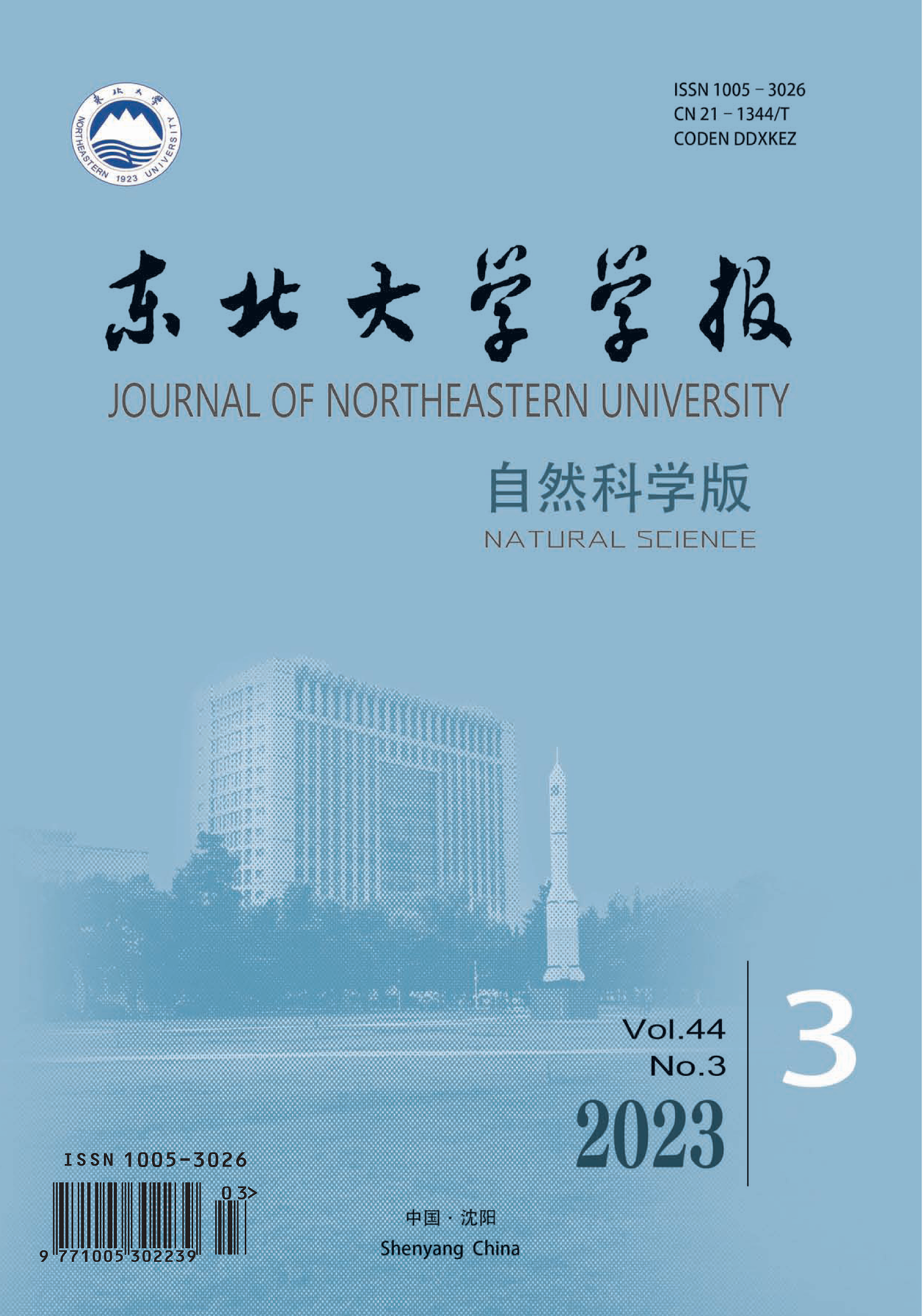|
Extraction Methods of Microbial Total DNA from Oil Shales
JIANG Shaoyan, WANG Wenxing, XUE Xiangxin, HOU Xiaojiao
2014, 35 (4):
588-592.
DOI: 10.12068/j.issn.1005-3026.2014.04.030
In order to develop an appropriate method for extracting microbial total DNA from oil shales, 5 methods (SDShighsalt extraction, SDSgrindinginliquidnitrogen extraction, SDS repeated freezethaw extraction, SDS guanidinium isothiocyanate extraction and kit extraction) were tested to extract total DNA of 6 different samples from two mines, respectively. The results showed that the total DNA extraction effects of five methods vary significantly. The improved SDShighsalt extraction method is the best, which can obtain total DNA with about 23kb length and 9144~38685ng·g-1 dry sample. The yield rate is significantly higher than other methods. Then, the total DNAs without purification process were used as amplification templates, and 16S rDNA was carried out PCR amplification and DGGE electrophoresis, the corresponding PCR products and DGGE fingerprint were obtained. This shows that the improved SDShighsalt extraction method is suitable for oil shale samples. SDSgrindinginliquidnitrogen extraction and SDS repeated freezethaw extraction are only able to extract microbial total DNA of part of the samples, and with low yield and purity. SDS guanidinium isothiocyanate extraction and kit extraction methods are not suitable for oil shale samples.
References |
Related Articles |
Metrics
|

